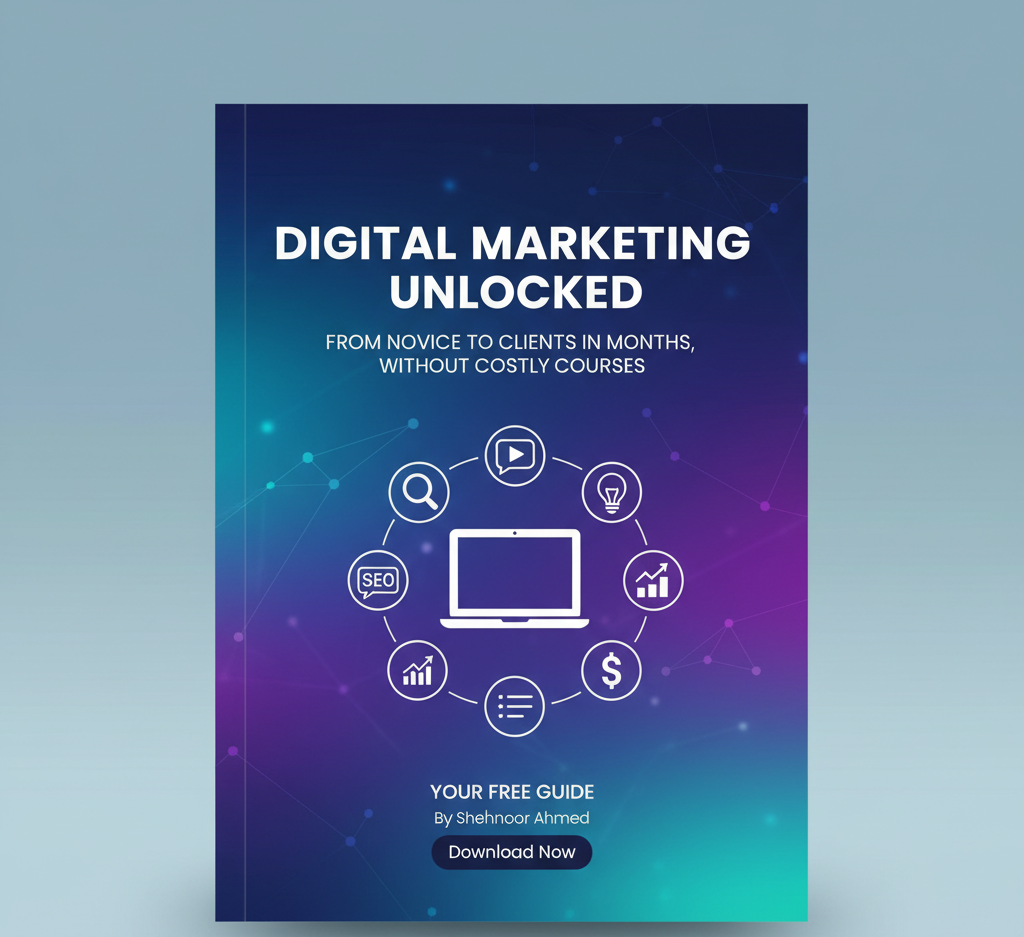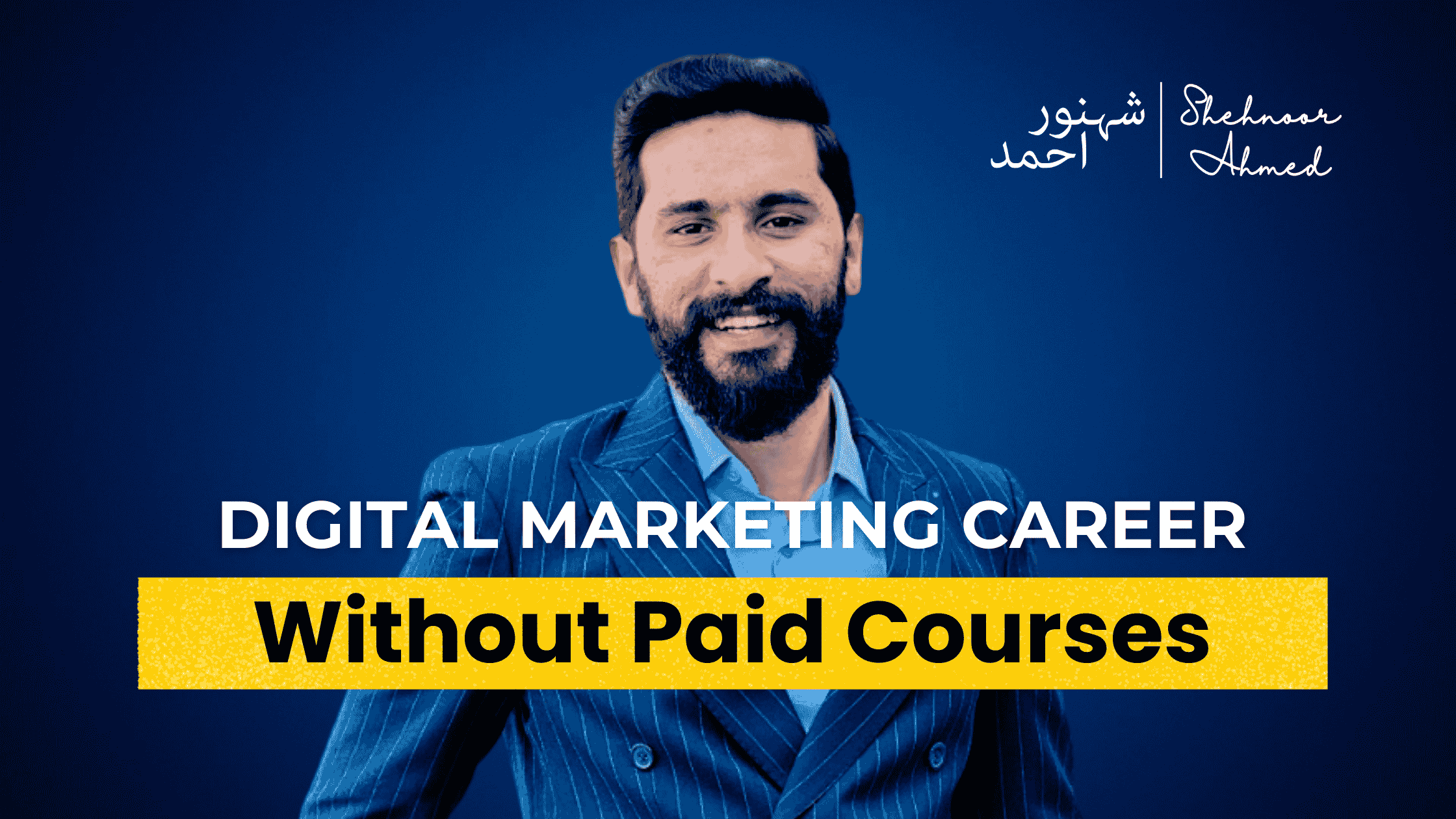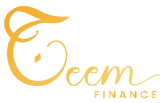To begin a digital marketing career, you don’t have to invest a lot of money in online courses.
I started out with no money, no credentials, and no industry contacts. I did, however, have a laptop, curiosity, and a resolve to solve problems by testing and learning along the way. Without purchasing a single course, I was working with clients, receiving referrals, and making money in a matter of months.
This is about concentrating on what genuinely advances you, not about avoiding the difficult tasks. I’ll outline the precise procedures, free resources, and tried-and-true methods in this guide so you can go from total novice to gaining your first customers.
1. Common Mistakes Made by Novices

Let’s discuss the things that most people find most difficult before moving on to the next steps.
Pursuing certifications rather than outcomes
Online certificates may look good, but what matters to clients is whether you can increase their traffic, engagement, or sales.
In the “learning mode”
It seems productive to spend hours watching tutorials, but you’re just gathering knowledge if you don’t put what you’ve learned into practice.
Copying without comprehension
Blindly adhering to templates won’t help when circumstances change. You must comprehend why something functions.
Awaiting a sense of readiness
You will never feel completely prepared. Put what you’ve learned into practice right away; you don’t need to wait for your skills to develop.
2. The Competencies That Are Really Important

To get started, you don’t have to be an expert in every aspect of marketing. Prioritize these fundamental abilities:
1. Writing that is convincing and clear
Being able to write in a way that motivates people to act is a superpower for everything from social media captions to advertising copy.
2. Comprehending online attention
Find out what makes people stop scrolling: attention-grabbing headlines, hooks, and images.
3. Fundamentals of SEO
Recognize search intent, keywords, and how to make content easier to find.
4. Producing worthwhile content
Share educational, problem-solving, or entertaining content on a regular basis.
5. Creating offers that result in conversions
Getting attention isn’t enough; you also need to convert that attention into sales.
3. How to Get Free Education
There are many free resources on the internet, but concentrate on those that provide you with useful skills:
- Google Digital Garage: Excellent for learning the basics of marketing.
- HubSpot Academy: Best place to learn the fundamentals of email and content marketing.
- Ubersuggest + Neil Patel’s Blog: Easy SEO tips you can use right now.
- Copyblogger: Classical copywriting techniques.
- Case studies on YouTube: Seek out channels that analyze actual campaigns rather than merely offering general advice.
Advice: Acquire knowledge and put it to use the same day. It sticks that way.
4. Developing a Portfolio Devoid of Customers
You can still produce work to demonstrate your abilities if you don’t yet have any clients.
- Make fictitious campaigns or brands. Select a sector and create a comprehensive plan for it.
- Redesign landing pages: Look for and enhance subpar examples online.
- Keep a record of your process; don’t just show the finished product.
- Even if your work is self-initiated, you can confidently share it when someone asks for examples.
5. Acquiring Practical Experience
After you’ve constructed a few examples, seek out chances to work on actual projects:
- Give local companies free assistance in return for their consent to use the outcomes.
- Volunteer for nonprofits that require assistance with marketing.
- Trade services for references with other independent contractors.
- Complete brief, unpaid internships (2–4 weeks) to obtain practical evidence of your accomplishments.
6. Attracting First-Paying Customers
Formal job ads might not be the source of your first paying customers. They will frequently originate from direct outreach and your network.
Where to begin:
- Upwork (start with small, fast jobs)
- LinkedIn (publicly share your work)
- Interact with business communities on Twitter and X
- Recommendations from people you’ve previously assisted
An example of a pitch:
“I saw that you haven’t posted anything on Instagram lately. I created one post and a sample content strategy for you. I can manage your content for the next 30 days and keep tabs on the results if you’d like.”
Pricing advice: Rather than charging by the hour, package your services. Ten posts for $150–200, for instance, are easier to sell than ten at $10 per hour.
7. Free & Practical Resources
| Tool | Goals and Reasons for Use |
|---|---|
| Canva | Simple templates for expertly designed graphics |
| Notes and Notion Workflow | Maintains project organization |
| Ubersuggest | Easy keyword research for beginners |
| Google Documents | Cloud-based writing and easy sharing |
| Buffer | Saves time and posts automatically |
Final Words
To begin a career in digital marketing, you do not need to enroll in costly courses. You must take consistent action, use free resources wisely, and concentrate on the appropriate skills.
Begin now. Develop your portfolio, show off your work, and pick up new skills along the way. You might be attracting paying customers in a matter of months without investing any money in a course.
Book your 30-minute marketing consultation here: Schedule Now.

For business enquiries, contact me at Hello@shehnoorahmed.com.
FAQ
Is a certificate necessary for employment?
Indeed. Results are more important to clients than credentials.
How long will it take for me to see results?
In three to six months, you might have a portfolio and paying customers if you work hard.
Is it necessary for me to choose a niche immediately?
No. Before committing, try a few different industries.
What is the most challenging aspect?
Maintaining consistency in the face of slow results. Many people give up at that point.




